Have you ever wondered what secrets lie beneath the surface of our oceans, especially after the sun sets? One of the ocean’s most mesmerizing phenomena is the spectacle of biofluorescent reefs. These are not just underwater color shows but a window into the complex and vibrant life that thrives in the depths of our seas1.
Biofluorescence is the process in which light is absorbed by a living organism and then emitted as a different color. This natural marvel is not just for show; it plays a significant role in the survival and communication of marine life. Many marine creatures, including some species of corals, fish, and sharks, exhibit biofluorescence2. Under blue or ultraviolet light, these organisms can glow in brilliant hues of green, orange, and red, transforming the underwater landscape into a neon wonderland3.
Scientists are only beginning to uncover the reasons behind this glow. Studies suggest that biofluorescence in corals may assist in photosynthesis, helping these organisms thrive in the dimly lit waters of the deep sea. For fish and sharks, the glow could be a way to communicate, camouflage, attract mates, or even lure prey4.
The diversity of biofluorescent life in the ocean is staggering. A 2016 study in the journal “Scientific Reports” revealed that biofluorescence is a widespread trait in the tree of life, particularly among marine fishes, indicating an evolutionary advantage to glowing in the dark. This research expanded the known range of biofluorescent fish by more than 50% and highlighted the trait in over 180 different species5.
Exploring and studying these glowing marvels not only satisfies human curiosity but also contributes to scientific knowledge that can be applied in various fields. Biofluorescence has inspired developments in biomedical research, such as creating glowing markers that can track cancer cells, or leading to the innovation of new materials that mimic this natural phenomenon for energy efficiency6.
The ocean is a vast, uncharted territory that continues to amaze and inspire us. The discovery and study of biofluorescent reefs remind us of the intricate connections within marine ecosystems and the importance of preserving these environments7. As Jacques Cousteau once said, “The sea, once it casts its spell, holds one in its net of wonder forever.” Let the glow of biofluorescent reefs be a beacon that draws us closer to understanding and protecting the mysterious beauty of our oceans.
- https://www.nationalgeographic.com/animals/article/150928-sea-turtles-hawksbill-glowing-biofluorescence-coral-reef-ocean-animals-science [↩]
- https://pubmed.ncbi.nlm.nih.gov/28984998 [↩]
- https://hakaimagazine.com/videos-visuals/one-great-shot-a-different-kind-of-nightlife/ [↩]
- https://www.ncbi.nlm.nih.gov/pmc/articles/PMC6831821/ [↩]
- https://www.nature.com/articles/srep24751 [↩]
- https://www.nature.com/articles/s41598-021-96531-0 [↩]
- https://www.amnh.org/explore/descent-into-light [↩]


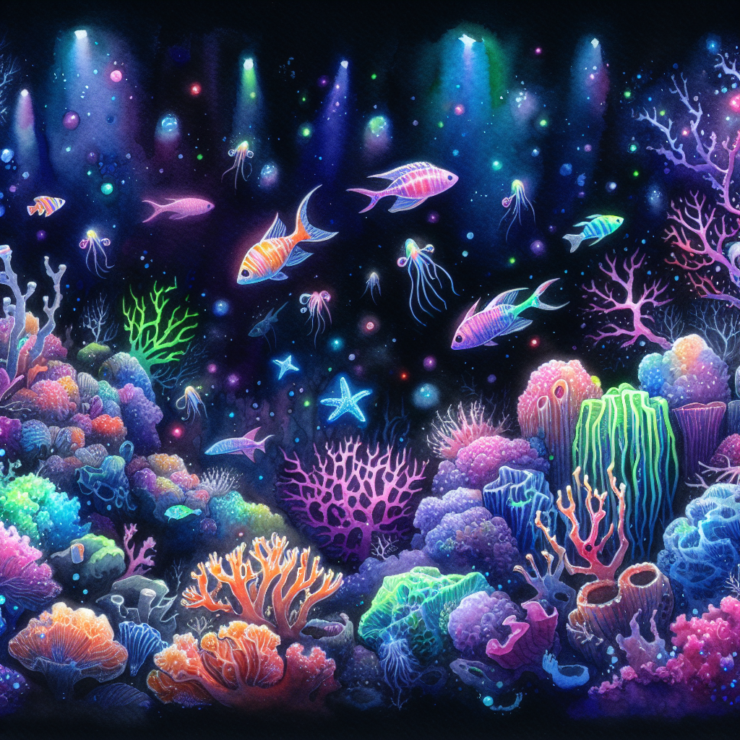
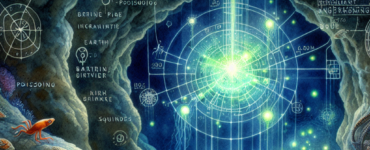
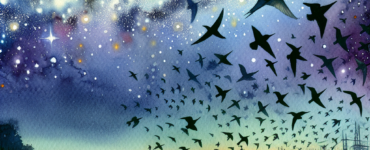
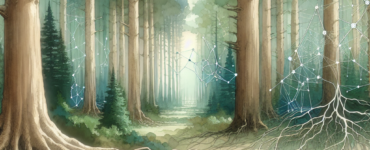
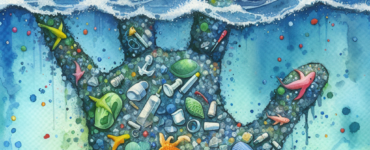
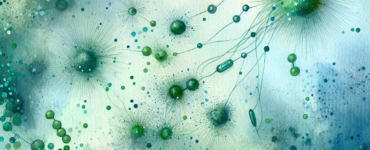
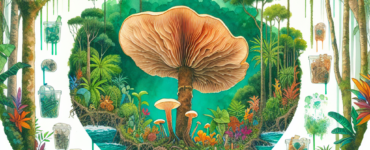





























Add comment